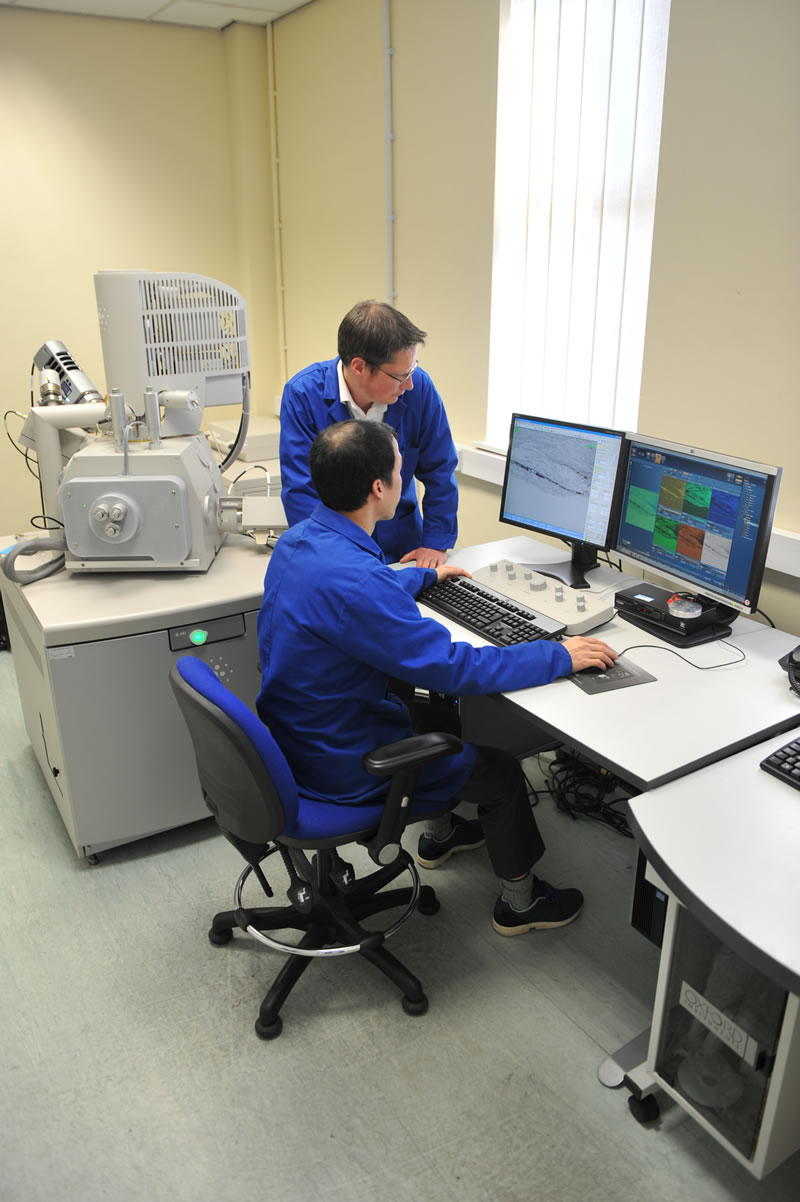{{serverconnectlatestnews.data.showlatestnews.data[0].news_title}}
{{serverconnectlatestnews.data.showlatestnews.data[0].news_date.formatDate("d MMM yyyy")}}
{{serverconnectlatestnews.data.showlatestnews.data[0].news_teaser}}


The Metallographic Laboratory provides the full scope of metallographic assessment from macro-investigation through to high magnification electron microscopy. The laboratory and researchers have particular expertise in assessment of carbon steels, stainless steels and non-ferrous metals.
Regarding macro investigations into steel structures, with access to engineering workshop facilities, including forklifts and cranes, the initial sample size that can be handled on-site is not restricted to laboratory size specimens; investigations of structures and segregation patterns on large cast components are regularly carried out.
Forensic investigations can be undertaken for a range of clients involved with the manufacture, fabrication and use of carbon steel and stainless steel products. Work undertaken has covered subjects such as trials, to assess if changes to manufacturing process has improved quality, production issues and failure investigations.
Electron microscopy facilities are complimented with analytical packages including EDS and EBSD which can be used for particle analysis and phase identification. The systems are automated such that they allow distribution analysis and particle counts and cleanness assessments.
Both electron microscopes can work either in high vacuum or low vacuum mode. Low vacuum mode allows examination of non-conductive and environmental samples.
Both FEGSEMs are equipped with Oxford XMax80 EDS (energy-dispersive X-ray spectroscopy) detectors. These allow positive identification and quantification of elements down to Boron.
The FEI FEGSEM has a fully automated stage allowing automated analysis, such as particle sizing, analysis and point counting.
The Zeiss FEGSEM has EBSD (electron backscatter diffraction) for crystallographic phase determination.
For the Zeiss FEGSEM the Institute has a heating unit coupled to a tensile testing stage that allows examination at elevated temperatures of material undergoing strain.